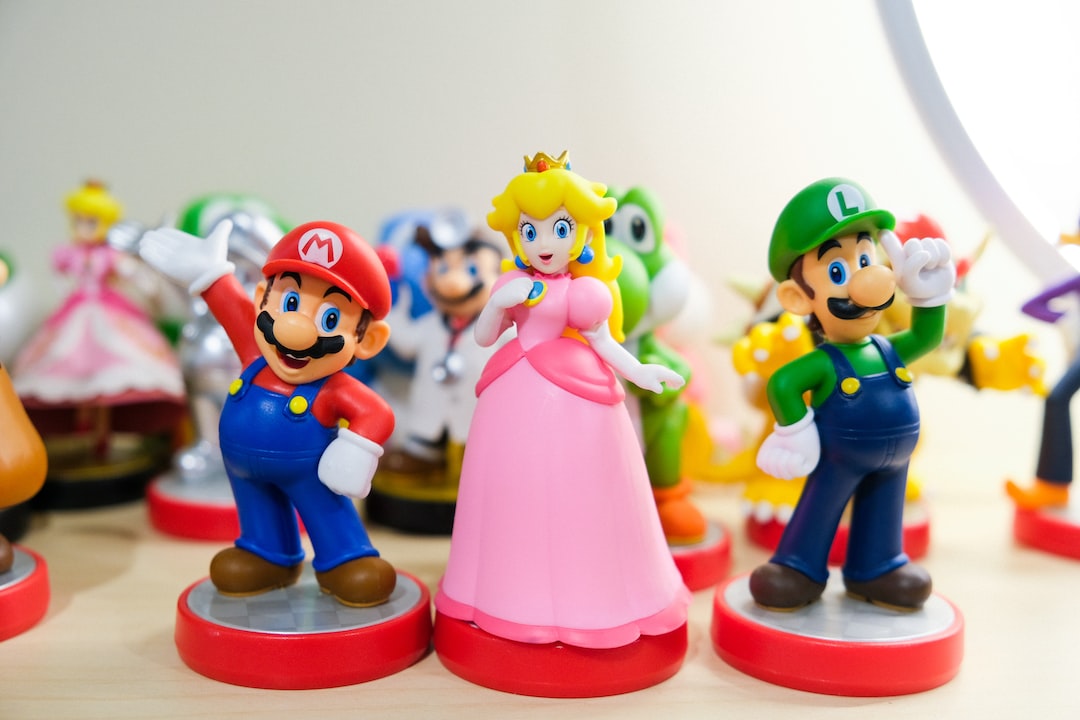Competitive gaming, also known as esports, has taken the world by storm. What was once a niche hobby has now blossomed into a highly lucrative industry. Whether it’s League of Legends, Counter-Strike: Global Offensive, or Dota 2, millions of players around the world have dedicated their time and effort to perfecting their skills and achieving victory. In this blog post, we will explore the art of competitive gaming, including strategies, training, and the mindset required to succeed.
At the heart of competitive gaming lies strategy. Just like in traditional sports, having a game plan and understanding the strengths and weaknesses of your opponents is paramount. Professional gamers spend countless hours analyzing gameplay footage, studying their opponents’ tactics, and refining their own strategies. They understand the importance of map control, team coordination, and adaptability. Without a well-thought-out strategy, it is nearly impossible to achieve victory against skilled opponents.
Training is the foundation of success in competitive gaming. It goes beyond merely practicing for countless hours. Effective training involves a mix of mechanical skills, mental fortitude, and game knowledge. Professional gamers have a rigorous training regimen, including scrimmages with other top-tier teams, solo practice sessions, and physical fitness. The goal is to build muscle memory, improve reaction times, and maintain focus during intense matches. Additionally, staying up to date with patches, meta shifts, and studying the game’s mechanics is crucial. It’s a constant learning process that requires dedication and a thirst for improvement.
One aspect often overlooked in the art of competitive gaming is the importance of teamwork and communication. No matter how skilled an individual player may be, victory is ultimately a collective effort. Coordination, trust, and effective communication are the building blocks of a successful team. Pro gamers spend a significant amount of time communicating with their teammates, fine-tuning strategies, and making split-second decisions. In-game leaders, also known as shot-callers, play a crucial role in guiding the team and adapting to the ever-changing dynamics of the match. Without effective teamwork and communication, even the most talented players will struggle to achieve victory.
In addition to strategy, training, and teamwork, the mindset of a competitive gamer is pivotal. The pressure to win, the adrenaline rush during intense matches, and the ability to bounce back from defeats are all part of the mental game. Developing a resilient mindset is essential for success in competitive gaming. Being able to shake off losses, analyze mistakes objectively, and learn from them will propel players forward. Mental discipline, focus, and the ability to remain calm under pressure are critical skills that differentiate the best gamers from the rest. The journey to victory is filled with setbacks, but those who persevere and maintain a positive mindset will eventually achieve success.
Competitive gaming has evolved from a hobby into a legitimate career choice for many talented individuals. Tournaments offer cash prizes, sponsorships, and even scholarships for aspiring gamers. With increasing popularity and investment into the esports industry, the stakes have never been higher. However, the art of competitive gaming and the pursuit of victory will always remain at the core of this thriving community.
In conclusion, competitive gaming is both an art and a science. It requires strategic thinking, relentless training, teamwork, and a strong mindset. The journey to victory is arduous but immensely rewarding. With dedication, passion, and a never-ending desire for improvement, anyone can carve their path in the competitive gaming world. So, pick up your controllers or keyboards, gather your team, and embark on a thrilling adventure filled with adrenaline, camaraderie, and the pursuit of victory. The stage is set, and the arena awaits.
